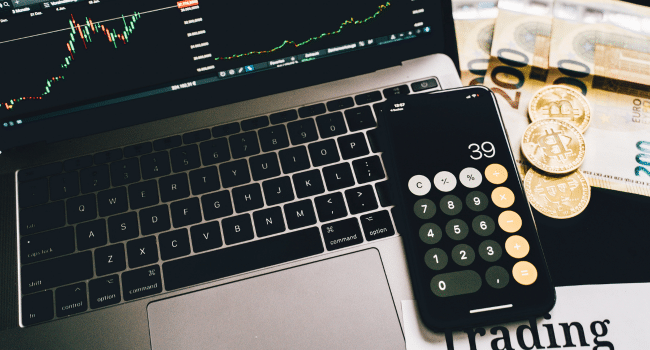Table of Contents
Introduction to Futures Trading
Futures trading is a vital aspect of financial markets, enabling participants to manage risk, speculate on price movements, and diversify their investment portfolios. These contracts are agreements to buy or sell an asset at a predetermined price on a specified date in the future. The origins of futures trading can be traced back to ancient civilizations, but modern futures markets began to take shape in the 19th century, particularly in the United States with the establishment of the Chicago Board of Trade (CBOT) in 1848. For those looking to engage in futures trading, So, if you are looking for a website that connects you to investment education firms that can help you along your investment journey, consider visiting Immediate Helix.
Understanding Futures Contracts
A futures contract is a standardized agreement to buy or sell a specified quantity of an underlying asset at a predetermined price (the futures price) on a specified future date (the expiration date). The underlying asset can be commodities like crude oil, gold, or agricultural products, financial instruments like stock indexes or currencies, or even intangible assets like interest rates or volatility indexes. Futures contracts are traded on exchanges, which act as intermediaries to facilitate trading and ensure the integrity of the market.
How Futures Trading Works
To enter into a futures contract, a trader needs to open a position by buying (going long) or selling (going short) a futures contract. Unlike trading stocks, futures trading involves the use of leverage, which means traders can control a larger position with a relatively small amount of capital. However, this leverage also increases the risk of substantial losses if the market moves against the trader. Futures contracts are marked to market daily, meaning profits and losses are realized and settled daily based on the contract’s current market value.
Benefits and Risks of Futures Trading
Futures trading offers several benefits, including the ability to hedge against price fluctuations, speculate on price movements for profit, and diversify investment portfolios. However, it also comes with significant risks, such as price volatility, leverage amplifying losses, and the potential for margin calls if the account balance falls below the required margin level. Traders must carefully manage these risks and use appropriate risk management strategies to protect their capital.
Factors Affecting Futures Prices
The prices of futures contracts are influenced by various factors, including supply and demand dynamics for the underlying asset, market sentiment, economic indicators, and geopolitical events. For example, an unexpected increase in supply or a decrease in demand for a commodity can lead to a decline in its futures price. Similarly, positive economic data or political stability can boost investor confidence and drive up futures prices.
Strategies for Futures Trading
There are several strategies that traders can use in futures trading, depending on their risk tolerance and investment goals. Hedging is a common strategy used to protect against adverse price movements. Speculative strategies involve taking positions based on anticipated price movements to generate profits. Spread trading involves taking offsetting positions in related futures contracts to profit from price differentials. Arbitrage involves exploiting price differences between related assets or markets to make a risk-free profit.
Regulation and Oversight of Futures Markets
Futures markets are regulated by government agencies to ensure fair and orderly trading and to protect market participants from fraud and manipulation. In the United States, the Commodity Futures Trading Commission (CFTC) is the primary regulatory authority overseeing futures markets. The CFTC sets rules and regulations for futures exchanges and clearinghouses, conducts market surveillance to detect and prevent market manipulation, and enforces compliance with regulatory requirements.
The Future of Futures Trading
The future of futures trading is likely to be shaped by technological advancements, such as the adoption of electronic trading platforms and the use of algorithmic trading strategies. These technologies have the potential to increase market efficiency, liquidity, and transparency. However, they also raise concerns about market stability and the potential for disruptive trading practices. As the futures market continues to evolve, regulatory authorities and market participants will need to adapt to these changes to ensure the integrity and efficiency of futures trading.
Conclusion
In conclusion, futures trading plays a crucial role in financial markets, offering opportunities for risk management, speculation, and portfolio diversification. However, it also comes with significant risks that traders must carefully manage. By understanding the fundamentals of futures trading and employing sound trading strategies, investors can participate in this dynamic market and potentially achieve their financial goals.
Read more on KulFiy
The NASDAQ Futures Phenomenon: What You Need to Know
Future and Options Trading Here’s everything you need to Know
